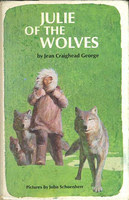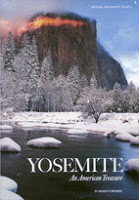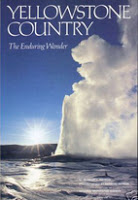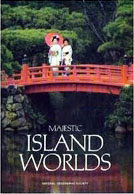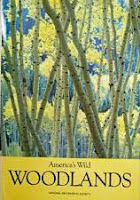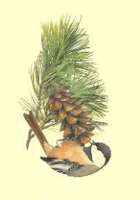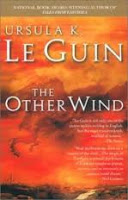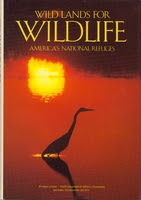by Jean Craighead George
The pains of growing up and culture clash meld into a story of animal communication and survival skills with some beautiful nature writing. No wonder this book is a classic. It is told in three parts, and the first one is about Julie\’s interactions with a wolf pack, which hooked me from the beginning. In the opening scene Julie, a thirteen-year-old Inuit (or Eskimo as they are called in the book) is lost on the Arctic tundra. She had run away from home, trying to reach the coast where a ship would take her to San Francisco. She ran out of food and in spite of finding ways to hunt and forage, is slowing starving. She comes across a small wolf pack and decides that her only hope is to gain their trust and share their food. Incredible patience and close attention to the subtle ways the wolves communicate allows her to do this. I really loved reading about how Julie integrated herself into the wolf pack, and how she lived alongside the animals. It felt quite plausible.
The second part of the book is a flashback to Julie\’s childhood, which tells how she got into her present predicament. Her father, a great hunter who taught her many traditional skills, disappears one day on a trip and is presumed dead. She is forced to move away and live with an aunt who only seems to want Julie in her household as a source of free labor. Julie escapes this situation via an arranged marriage to an Inuit boy, but this new home is also insufferable. Having run away, got lost in the wilderness and found ways to survive, Julie (whose Eskimo name is Miyax) gradually discovers that she loves living close to the land, that she has a deep appreciation for nature and finds satisfaction in using her skills (not without some major challenges, though). When she finally reaches populated areas again, she\’s no longer sure if she wants to live among men. Her value system is different now. She directly sees the threat modern man poses to her wolves (who follow along towards the village). And when she makes contact with people, she discovers that far more has changed than her own perceptions. I really felt like the ending was too quick, and I had forgotten what sad notes it contained.
But it does make me more eager to pick up the second book and see where the story goes. Julie of the Wolves was a re-read for me. I\’m not sure if I read the sequel before. I have a dim memory of abandoning it, but will see how much is familiar.
Rating: 4/5 170 pages, 1972
more opinions:
Inkweaver Review
Rhapsody in Books
Smart Bitches Trashy Books
Skipping Along
